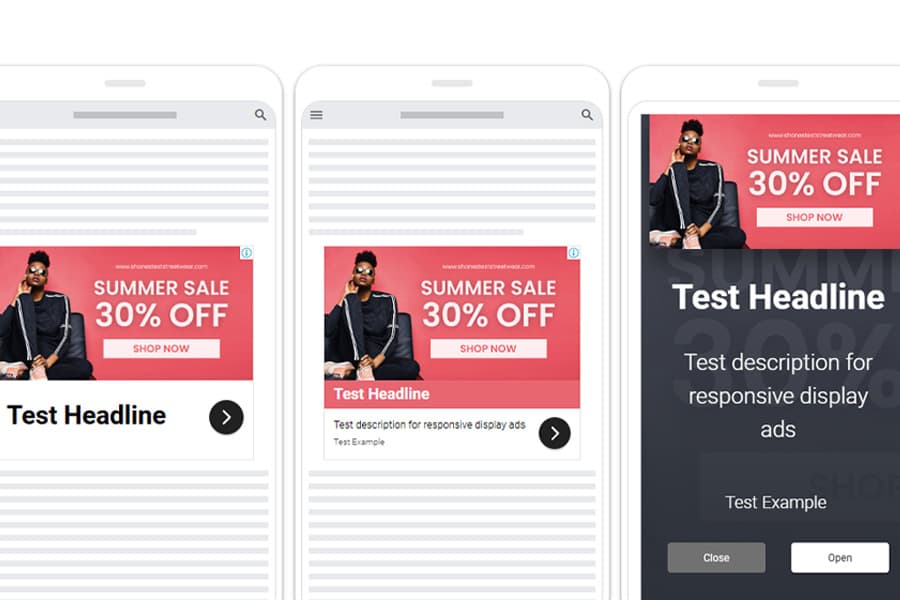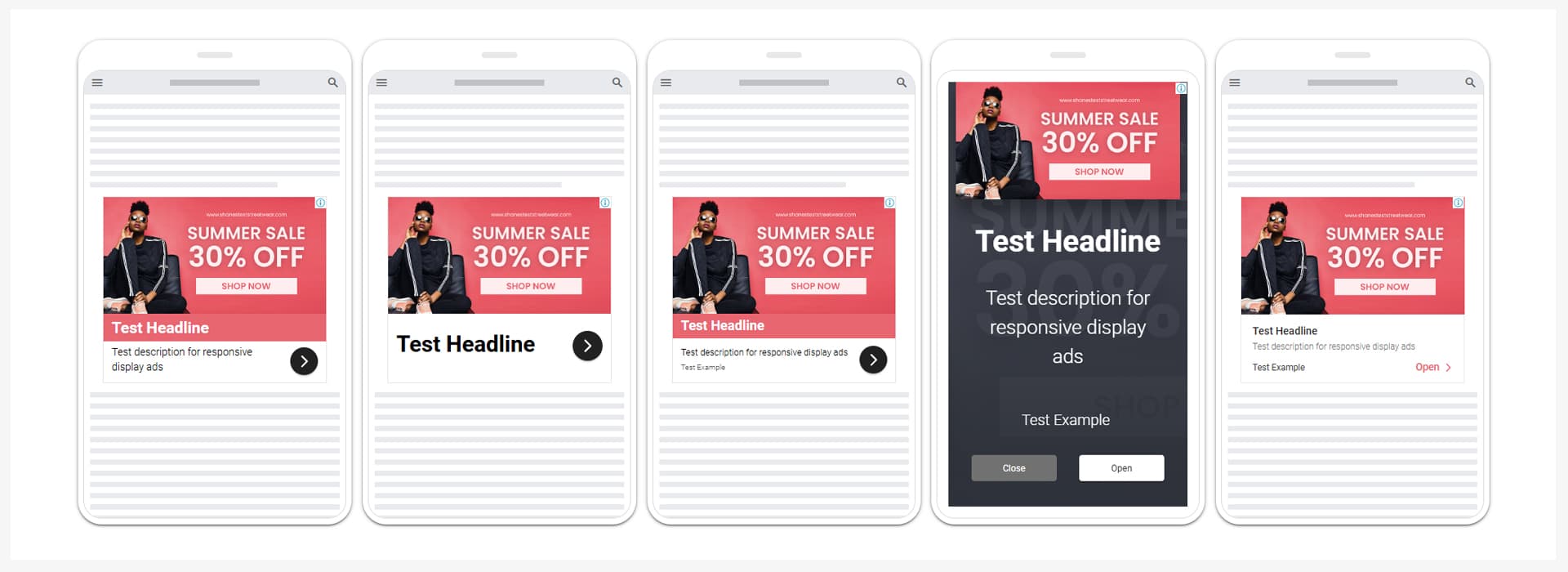Google Display Ads have always been a great way to get your brand in front of people, whether they’re browsing their favorite blogs or using apps. But things are changing. In 2025, Google is putting more emphasis on responsive display ads, which makes creating campaigns easier and smarter. Instead of juggling multiple image sizes and formats, you only need a few assets, and Google does the heavy lifting.
In this guide, I’ll walk you through how to create responsive Google Display Ads step by step. By the end, you’ll know how to set them up, optimize them, and use Google’s tools to reach the right audience. Let’s get started!
What Are Google Display Ads?
Google Display Ads are visual ads that appear across Google’s Display Network, which includes millions of websites, apps, and YouTube. These ads are designed to grab attention with images, text, and even video, helping you build awareness and drive clicks.
They’re a game-changer because of their reach. Whether you’re promoting a new product or retargeting users who visited your site, display ads are super versatile. And now, with responsive ads taking center stage, the process has become more streamlined.

Key Changes in Google Display Ads for 2025
The biggest shift is Google moving toward responsive display ads as the default option. Here’s what’s new:
- Fewer asset requirements: You don’t need dozens of image sizes anymore. Just 1-3 images, a logo, and some text are enough.
- Automation at its best: Google’s machine learning takes over, optimizing ad placements and formats to fit various spaces seamlessly.
- Improved performance: Responsive ads test combinations of your assets to find what works best, saving you time and effort.
In short, responsive display ads simplify the setup process while delivering better results. It’s all about working smarter, not harder.

What Images and Assets Do You Need for Responsive Display Ads?
Before diving into campaign setup, let’s talk about the creative assets you’ll need. Getting this right up front will save you a ton of time.
Here are the essential image sizes and formats to prepare:
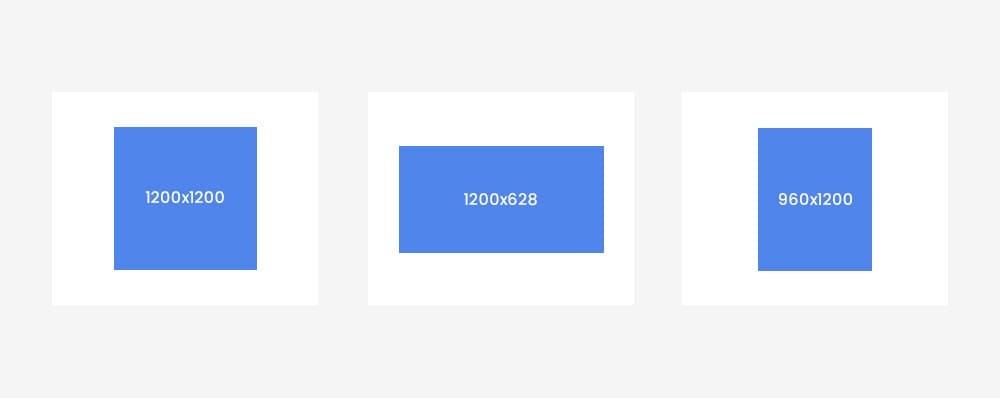
Landscape Image (1.91:1 Ratio):
Recommended size: 1200 x 628 pixels.
This will be your primary image, used across most placements.

Square Image (1:1 Ratio):
Recommended size: 1200 x 1200 pixels.
Square images work well on mobile and smaller placements.

Optional Portrait Image (4:5 Ratio):
Recommended size: 960 x 1200 pixels.
While not required, portrait images can help in some placements, especially on apps.
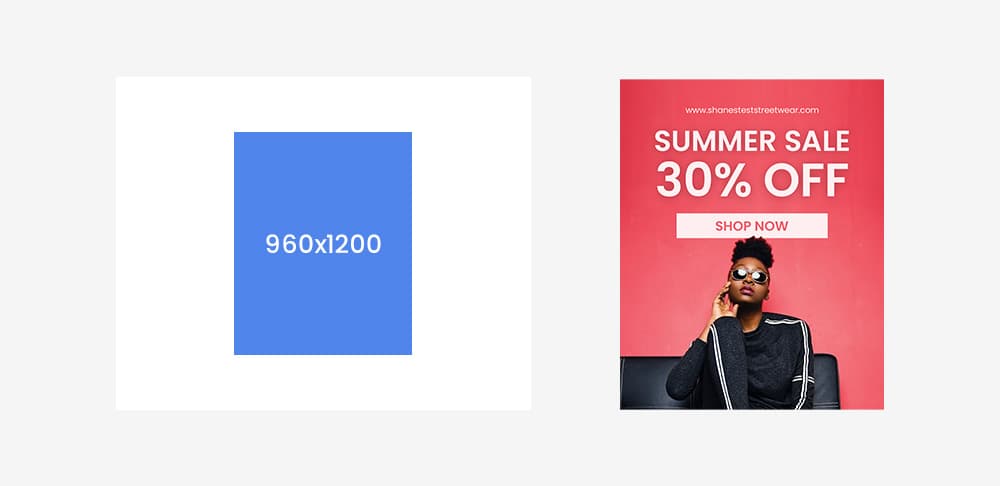
Logo: Upload a square logo (1200 x 1200 pixels) for branding.
Headlines: Provide 3-5 headline options (up to 30 characters each).
Descriptions: Add 1-2 descriptions (up to 90 characters each).
Call-to-Action (CTA): Use a clear, action-driven CTA like “Shop Now” or “Learn More.”
Pro tip: Make sure your images are crisp, professional, and avoid heavy text overlays. Google prefers clean visuals for better performance.
Why Responsive Display Ads Are the Future
Think of traditional display ads as manual cars, you had to adjust every gear. Responsive ads are like self-driving cars. They adapt automatically to different placements, resizing and optimizing themselves for desktops, mobile devices, and even specific apps.
The benefits? For one, it’s faster. You don’t have to create separate assets for each size or worry about awkward cropping. Plus, Google uses data to figure out which combinations of images, headlines, and descriptions perform best. That means your ads are always improving in real-time.
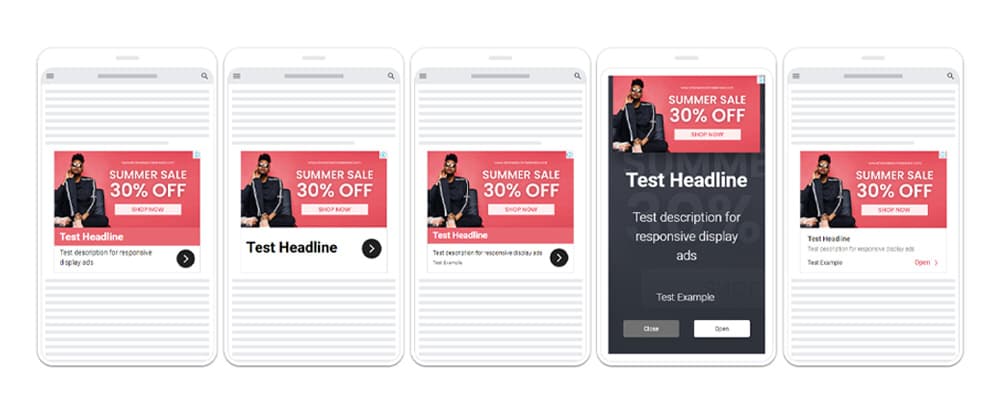
Setting Up Responsive Google Display Ads in 2025: Step-by-Step Guide
Step 1: Create a Campaign in Google Ads
Start by logging into Google Ads and selecting "New Campaign." Choose your campaign goal, whether it’s website traffic, brand awareness, or leads, and select the "Display Campaign" type.
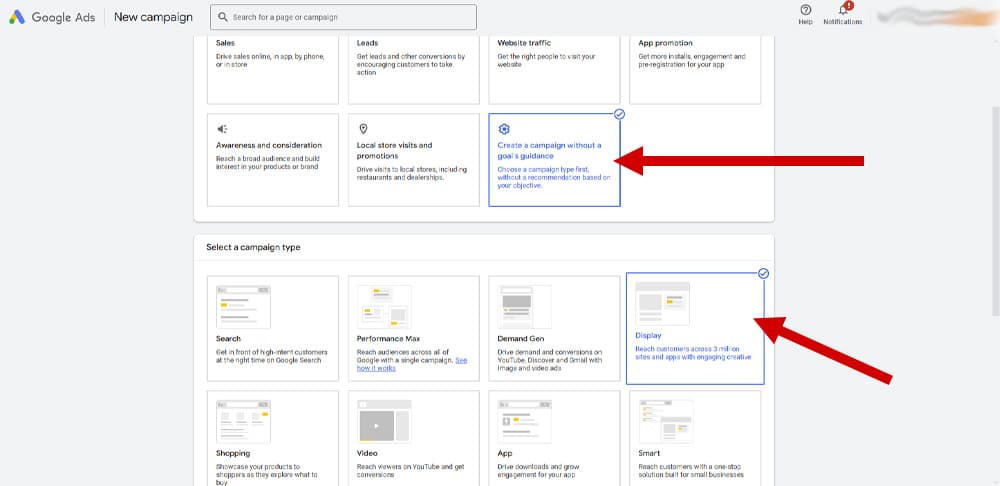
Step 2: Set Your Budget and Bidding Strategy
Decide how much you’re willing to spend daily and choose your bidding strategy. For responsive ads, "Target CPA" (Cost Per Acquisition) or "Maximize Conversions" works well because Google can optimize your bids for better performance.
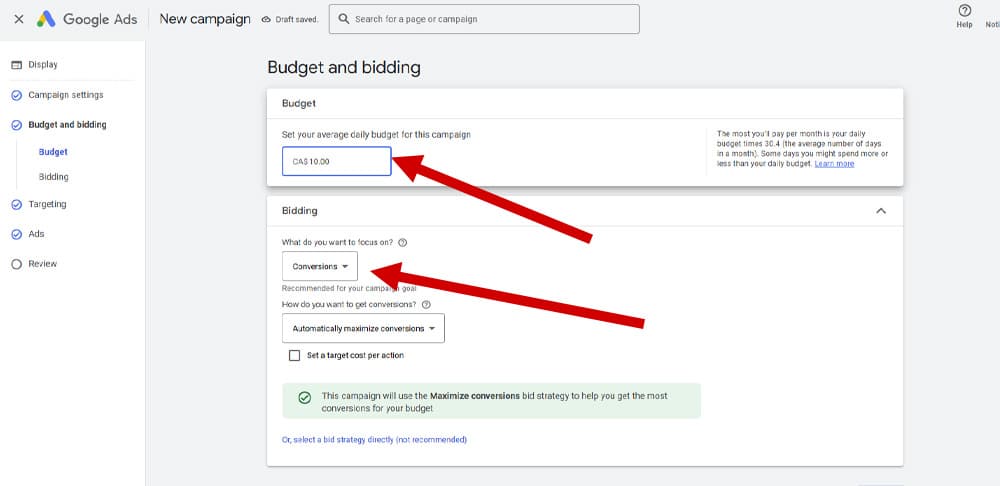
Step 3: Define Your Goals and Target Audience
Next, get specific about who you want to reach. Google Ads lets you target audiences based on interests, demographics, and even website behavior. If you’re unsure where to start, try Google’s "In-Market Audiences" feature. It’s great for reaching people actively searching for your type of product or service.
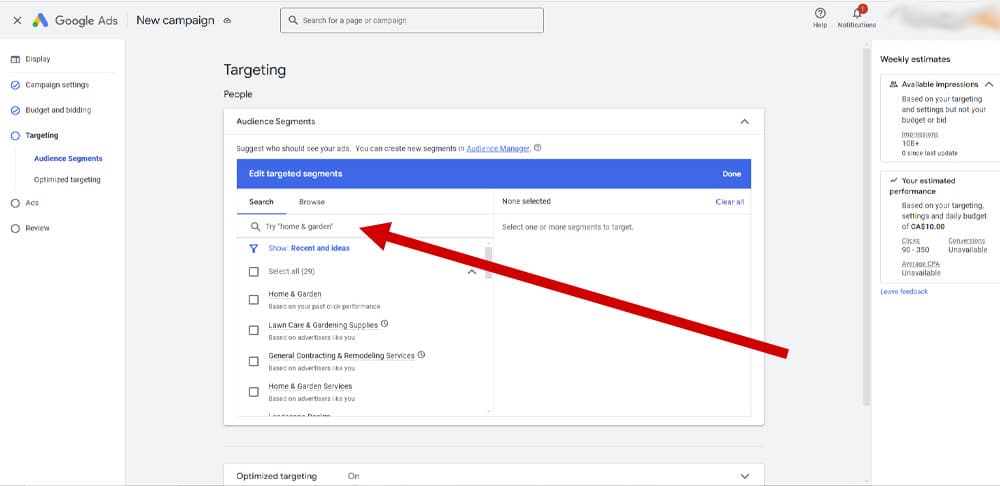
Step 4: Upload Your Creative Assets
Here’s where responsive ads shine. Upload at least 1 landscape image (1.91:1 ratio), at least 1 square image (1:1 ratio), your logo, a catchy headline, and a short description.
Google will combine these assets into different ad variations, so make sure your images and text are high-quality and aligned with your branding.

Step 5: Review and Launch Your Ads
Before hitting "Publish," preview your ad combinations. Google provides examples of how your responsive ads will look across different devices and placements. Make any tweaks, then launch your campaign!
Tips to Optimize Your Google Display Ads
Focus on High-Quality Visuals: Your images should be clear and professional, with minimal text. Avoid generic stock photos they won’t stand out.
Write Strong Headlines and Descriptions: Keep them short, engaging, and to the point. Mention benefits, not just features.
Turn Off Mobile App Placements: These often lead to low-quality traffic and accidental clicks. For a detailed guide, check out my article on How to Exclude Apps from Google Display Ads.
Leverage Google’s Automation Tools: Use features like "Dynamic Targeting" and "Performance Max" to help Google find your ideal audience.
Monitor and Adjust: Check your ad performance regularly. If certain combinations aren’t working, swap out images or headlines.
Frequently Asked Questions About Google Display Ads
Can I still use static ads in 2025?
Yes, but responsive ads are now the default for a reason. They’re faster to create, perform better, and offer more flexibility.
How do responsive ads improve performance?
Google’s machine learning tests different combinations of your assets to find what works best. This means better click-through rates and conversions over time.
Conclusion
Responsive Google Display Ads are changing the game in 2025, making it easier than ever to launch high-performing campaigns. By focusing on fewer assets, leveraging Google’s automation, and following the tips in this guide, you’ll be well on your way to creating ads that stand out and drive results.
If you’re ready to take your campaigns to the next level but need a little help along the way, I’d love to assist. Whether it’s setting up your ads, optimizing them, or tackling tricky placements, I’m here to make it easy. Click here to checkout my work, results, and services!
Ready to Grow Your Social Media & Ads Sales?

